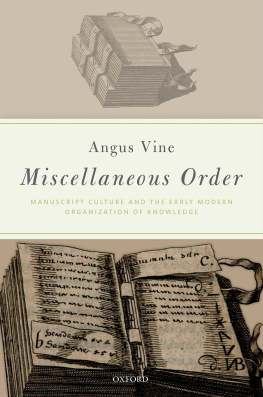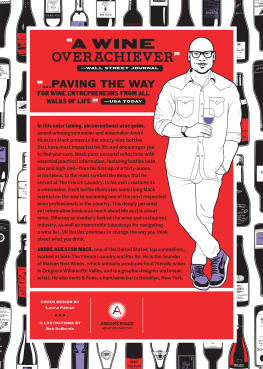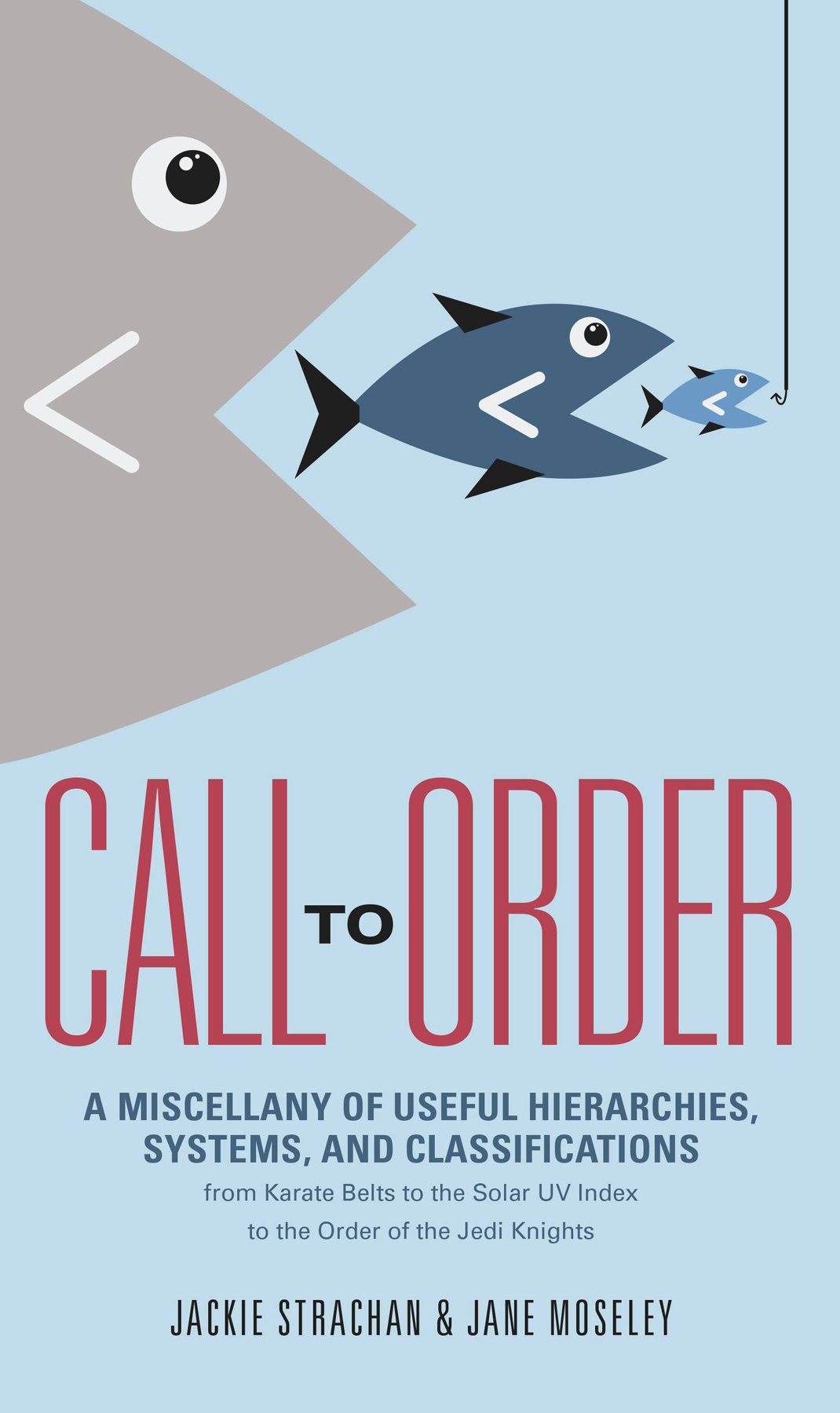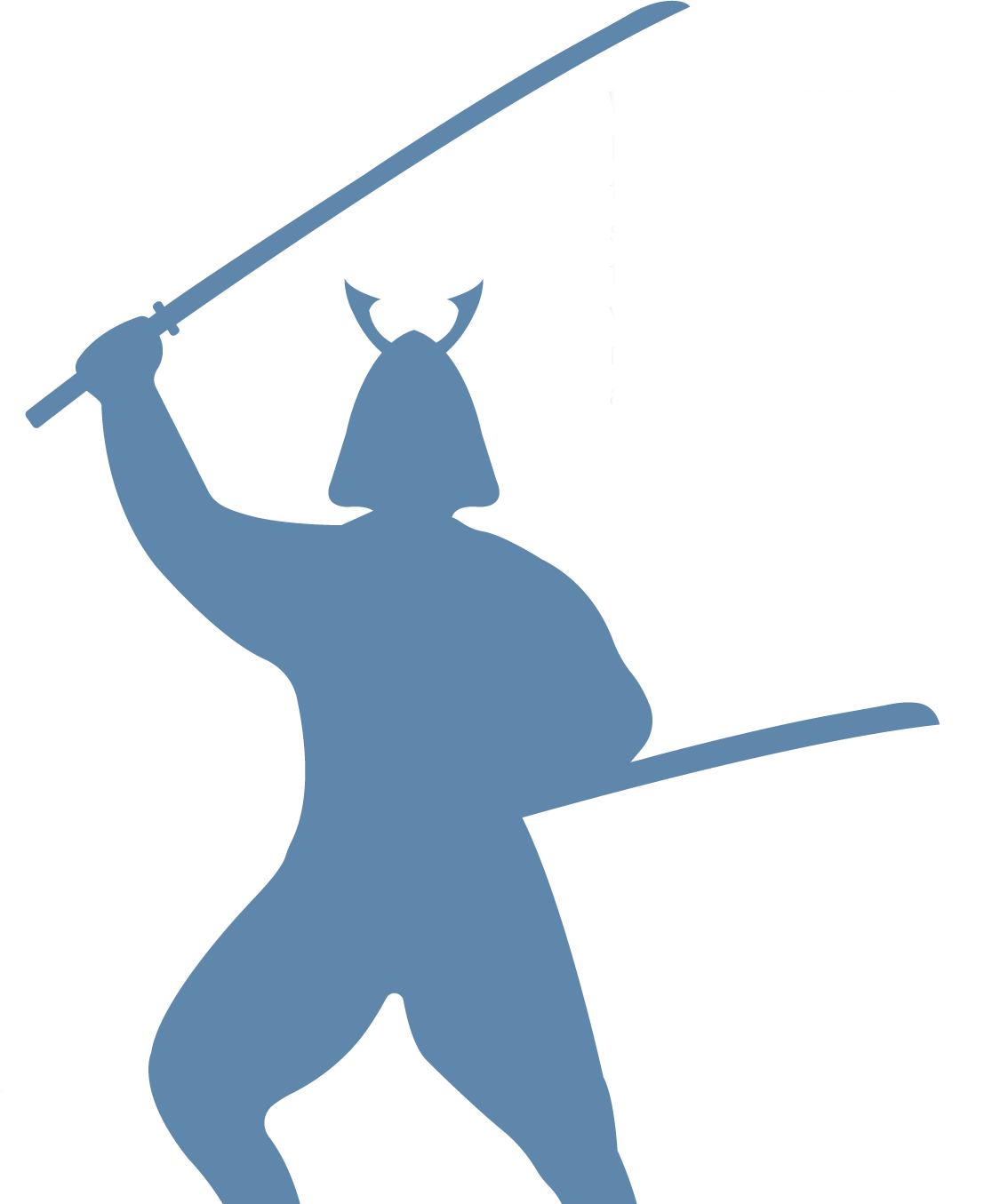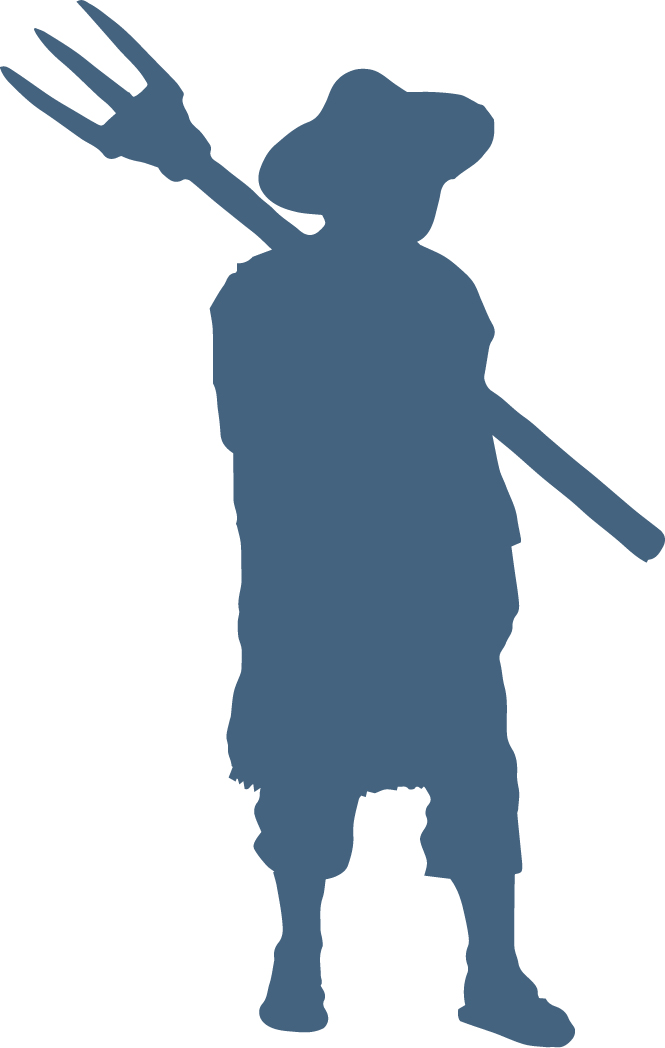Thank you for buying this ebook, published by HachetteDigital.
To receive special offers, bonus content, and news about ourlatest ebooks and apps, sign up for our newsletters.
Copyright 2017, 2018 by Jackie Strachan and Jane Moseley, JMS Books
Cover art credit: Shutterstock
Cover copyright 2018 by Hachette Book Group, Inc.
Hachette Book Group supports the right to free expression and the value of copyright. The purpose of copyright is to encourage writers and artists to produce the creative works that enrich our culture.
The scanning, uploading, and distribution of this book without permission is a theft of the authors intellectual property. If you would like permission to use material from the book (other than for review purposes), please contact permissions@hbgusa.com . Thank you for your support of the authors rights.
Black Dog & Leventhal Publishers
Hachette Book Group
1290 Avenue of the Americas
New York, NY 10104
www.hachettebookgroup.com
www.blackdogandleventhal.com
Originally published as The Order of Things in Great Britain by Robinson, an imprint of Little, Brown Book Group, a division of the Hachette UK Company in November 2017.
First American Edition: September 2018
Black Dog & Leventhal Publishers is an imprint of Running Press, a division of Hachette Book Group. The Black Dog & Leventhal Publishers name and logo are trademarks of Hachette Book Group, Inc.
The publisher is not responsible for websites (or their content) that are not owned by the publisher.
The Hachette Speakers Bureau provides a wide range of authors for speaking events. To find out more, go to www.HachetteSpeakersBureau.com or call (866) 376-6591.
Library of Congress Control Number: 2018902837
ISBNs: 978-0-316-48613-2 (Hardcover); 978-0-31648-612-5 (Ebook)
E3-20180719-JV-PC
When does the humble list become an established hierarchy? When it places things in order of importance, seniority, authority, value, priority, or status. Hierarchies create ranks and form boundaries, and thereby help us to impose order on our world. They can be relatively simple, top down or bottom up, or much more complex, with branches and subsections. They can apply to social, cultural, musical, religious, celestial, military, corporate, environmental, and biological contexts. The orders of things in this book range far and wide from the most obvious I knew that, such as army and church ranks (in fact, the word hierarchy comes from the Greek word hierarkhes, meaning sacred ruler), to the Who knew? (such as typography and priority at sea, among many others). Many are man-made, the result of humans imposing structurebecause that is what we like to doand others help us make sense of the world; some are for fun (from the omega to the alpha male), while others still occur within the natural world (the food chains of different habitats).
The world in its infinite variety is hard enough to pin down in this manner as it is, and some of the pecking orders and hierarchies in this book also exist as variants according to the source, while some may be disputed by experts in the field. Hierarchies can be subjective, and that is their beauty.
The social order in Japan during the Tokugawa or Edo period (16031867) under the shogunate founded by Tokugawa Ieyasu was structured around a rigid four-tier class system and was based on Confucian ideas. It was intended to create social harmony and stability, organizing society in part according to the contribution made by each level to the greater whole in a shi-no-ko-sho structure. Social mobility was extremely limited. The emperor and his family held the highest status, but the emperor wielded little actual power, relying heavily on the daimyos, the powerful nobles who were given land in return for their support. The most powerful daimyo became the shogun, governing the army and the country in general. During this period, the shoguns of the Tokugawa clan brought the daimyos under control.
The hierarchy was as follows, outside which were aristocrats, monastics, and outcasts.
WARRIOR CLASS OR SAMURAI (SHI)
Paid for by their daimyo to control the latters domain, they were soldiers, government administrators, tax collectors, and generally wielders of great power, despite making up only a small percentage of the population.
FARMERS (NO)
The farmers fed and sustained the people and so were next in line of importance as vital members of society. This class embraced wealthy village heads, poorer tenant farmers, and those who owned no land at all.
ARTISANS (KO)
As manufacturers of useful products for society, using materials produced by others but for utilitarian purposes, the artisans were next in the order. Some artisans had rich patrons while others scraped out a living making simple baskets.
MERCHANTS (SHO)
Seen as the producers of nothing but instead as profiteers from the work of others, merchants had the lowest social status. Some members of this class would have their own stores while others sold goods on the streets.
TRAVEL BAN
During the Edo period the Japanese people were forbidden to travel abroad, and anyone who did so was not allowed to return. The result was a country that was virtually completely closed to the outside world until America made robust overtures in the 1850s.
At the bottom of the social order were the BURAKUMIN , which means hamlet or village people. Their occupations were considered impure or associated with death or waste (butchers, tanners, undertakers, executioners). They were stigmatized as a result. Also known as eta (or much filth), they could be killed by members of the samurai if they had committed a crime. Other people lived outside this system entirely and were known as hinin. As nonpersons, they survived by begging, and this section of society included beggars, prostitutes, and actors. The caste system was abolished in 1871 along with the feudal system.
Egyptian society was structured rather like their famous pyramids. This social pyramid saw power held by a few at the apex, with the rest of the population descending in order of social status toward the slaves at the base. In the sky above was the pantheon of Egyptian gods led by Ra. The pharaohs were intermediaries between the gods and the people; they were the supreme leaders, exercising absolute power over their subjects. Class mobility was rare.





